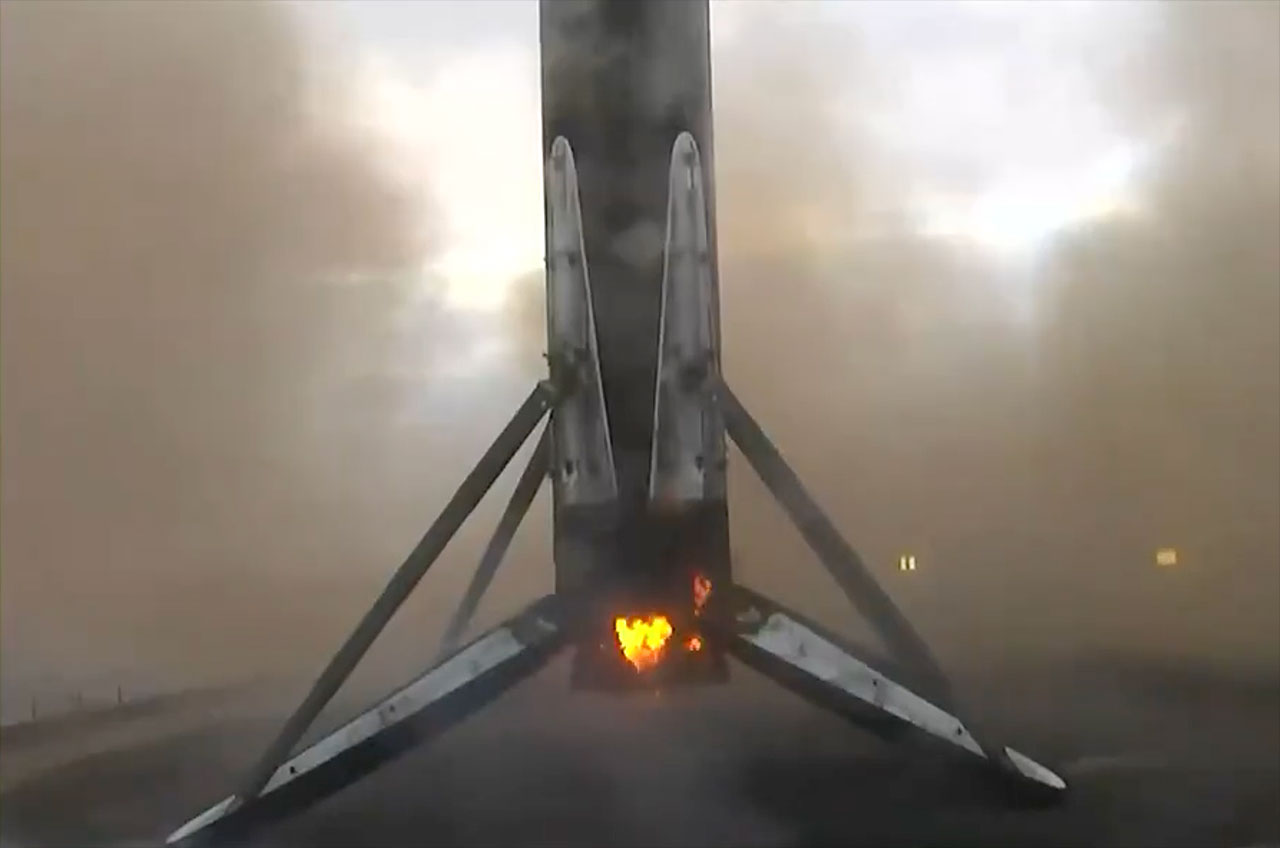SpaceX launched 22 Starlink internet satellites on Tuesday (Jan. 23), after a series of delays.
A Falcon 9 rocket carrying 22 Starlink spacecraft lifted off from Vandenberg Space Force Base in California at 7:35 p.m. EST (4:35 p.m. California time; 0035 GMT on Jan. 24).
SpaceX had to stand down from daily attempts since Thursday (Jan. 18) due to poor weather conditions.A launch attempt on Friday ended with only 57 seconds left in the countdown. SpaceX did not provide an explanation for the aborted liftoff.
Related: Starlink satellite train: How to see and track it in the night sky

As planned, the Falcon 9's first stage came back to Earth about eight minutes after liftoff for a landing on the drone ship Of Course I Still Love You, which was stationed in the Pacific Ocean.
This was the 16th launch and landing for this booster, according to a SpaceX mission description. Among its previous flights were NASA's Double Asteroid Redirection Test (DART) and 10 other Starlink missions.
Meanwhile on Tuesday, the Falcon 9's upper stage continued hauling the 22 Starlink satellites to low Earth orbit, and was set to deploy them there about 63 minutes after liftoff.
Starlink is SpaceX's broadband megaconstellation. It currently consists of more than 5,250 operational spacecraft, but that number is increasing all the time.
Get the Space.com Newsletter
Breaking space news, the latest updates on rocket launches, skywatching events and more!
Join our Space Forums to keep talking space on the latest missions, night sky and more! And if you have a news tip, correction or comment, let us know at: community@space.com.

Michael Wall is a Senior Space Writer with Space.com and joined the team in 2010. He primarily covers exoplanets, spaceflight and military space, but has been known to dabble in the space art beat. His book about the search for alien life, "Out There," was published on Nov. 13, 2018. Before becoming a science writer, Michael worked as a herpetologist and wildlife biologist. He has a Ph.D. in evolutionary biology from the University of Sydney, Australia, a bachelor's degree from the University of Arizona, and a graduate certificate in science writing from the University of California, Santa Cruz. To find out what his latest project is, you can follow Michael on Twitter.









